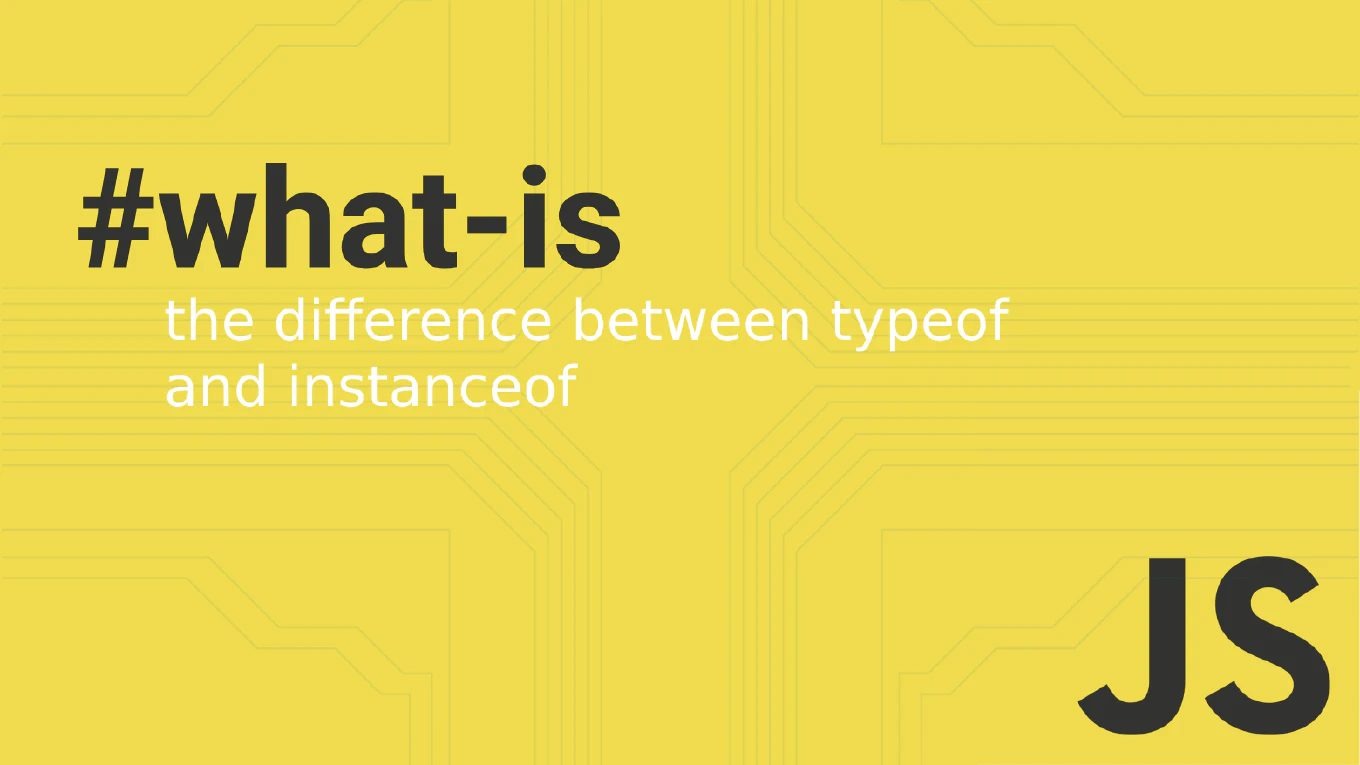How to use template literals in JavaScript
Template literals provide powerful string interpolation and multiline string capabilities using backtick syntax and expression embedding.
With over 25 years of experience in software development and as the creator of CoreUI, I’ve used template literals extensively for dynamic content generation, HTML templating, and complex string formatting.
From my expertise, the most effective approach is using backticks with ${} expression placeholders to embed variables and calculations directly in strings.
This ES6 feature eliminates string concatenation complexity while enabling clean, readable dynamic content creation.
Use backticks and ${} placeholders to embed expressions and variables directly in strings.
const name = 'John'
const age = 30
const greeting = `Hello, ${name}! You are ${age} years old.`
const multiline = `
This is a multiline string
that preserves line breaks
and indentation.
`
Here the backticks define template literals, and ${name} and ${age} embed variable values directly into the string. The ${} syntax can contain any JavaScript expression, including calculations, function calls, or object property access. Template literals also preserve whitespace and line breaks, making them perfect for multiline strings without explicit newline characters or string concatenation.
Best Practice Note:
This is the same approach we use in CoreUI components for dynamic class names, HTML template generation, and user-friendly message formatting. Template literals are ideal for SQL queries, HTML generation, and any scenario where traditional string concatenation becomes complex and hard to read.







